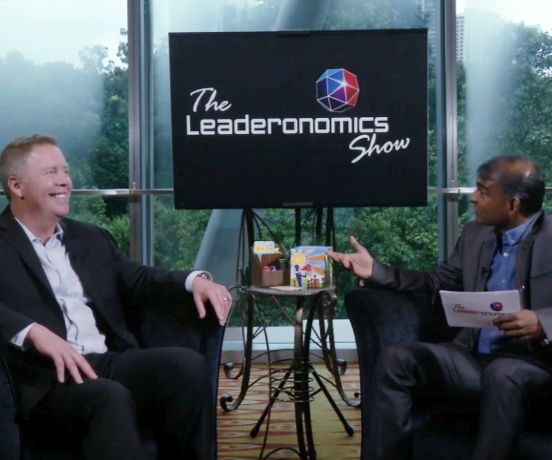What You Can Do To Master Your Professional Relationships

It’s classic management advice: to build a great team, hire people with complementary skills.
Unfortunately, people who balance each other’s skills (dreamers and analytics, extroverts and introverts) often end up hating each other.
“Opposites attract but then they end up not knowing what to do with each other and driving each other crazy,” says Diana McLain Smith, author of The Elephant in the Room: How Relationships Make or Break the Success of Leaders and Organizations.
“They end up becoming caricatures of themselves more and more of who they already are, and less and less of the person they could be. And that’s a real tragedy in terms of leadership development.”
READ: The 7 Things That Make You Look Unprofessional
Making it work
Is there a way to bring opposites together productively in the workplace? Or is it doomed to failure?
McLain Smith believes it is possible but it requires patience and a willingness to look closely at ourselves.
“There’s not a person on the face of the earth who is not partly a captive of their history,” she says.
“And that’s not a Freudian psychodynamic notion – it’s simply about where we learn how to operate. We learn in our families, in our schools, with our peers as kids.
“We figure out how the world works, and it becomes second nature as how we make sense of the world.” But when things become second nature, they often go unquestioned.
It may seem comforting for executives to embrace labels (such as those from the Myers-Briggs Type Indicator) in the workplace.
But once you’ve labeled someone,” says McLain Smith, “any interest in what makes that person tick or how the relationship works goes out the window: you’ve got your answer.
That oversimplifies complex human beings, which can lead to misunderstandings and conflict. So what’s the solution?
McLain Smith says that every professional needs to ask themselves three questions:
- How do I behave as a leader?
- What leads me to behave this way in the moment?
- And what gave rise to that?
That self-awareness allows you to master yourself and hopefully look beyond easy categories.
Additionally, you have to take responsibility for how your own behaviours affect other people.
“You may be focusing on another person’s downside and then behave in ways that exacerbate it,” she says, citing the example of an energetic, charismatic person who may feel compelled to ‘fill the vacuum’ left by a quieter, more cerebral colleague.
Instead of complementing each other, they drive each other into more exaggerated roles, with the quieter person backing off, assuming her colleague will take over, anyway.
“Rather than expanding their repertoires or learning from the other person, they’re taking even less initiative.”
Putting it together
The answer, says McLain Smith, is “to look at it from a more relational perspective. You can anticipate this is a pattern we might fall into, so let’s negotiate upfront how we’re going to try to minimise it and support each other in doing new things.”
Having this kind of “meta-conversation” may not be common in the workplace, but it should be, she argues. Otherwise, we’re likely to keep repeating old patterns, instead of becoming the leaders we want to be.
What are you doing to master your professional relationships?
Dorie Clark is a marketing strategy consultant, professional speaker, and frequent contributor to the Harvard Business Review, TIME, and Entrepreneur. She is the author of ‘Reinventing You’ and her most recent book, ‘Stand Out’, was named the No. 1 Leadership Book of 2015 by Inc. magazine and was a Washington Post bestseller. To read more of her articles, go to www.dorieclark.com
Reposted with permission
Work relationships, like trust, take a long time to build and can be broken far too easily. There’s a whole myriad of things you can do to keep things positive in the first place, but once you’re in a hostile territory, all you can do is to find a way out.
To get some tips that’ll help you get that angry colleague back on your team, check this out: bit.ly/CMrship
Leadership
This article is published by the editors of Leaderonomics.com with the consent of the guest author.





